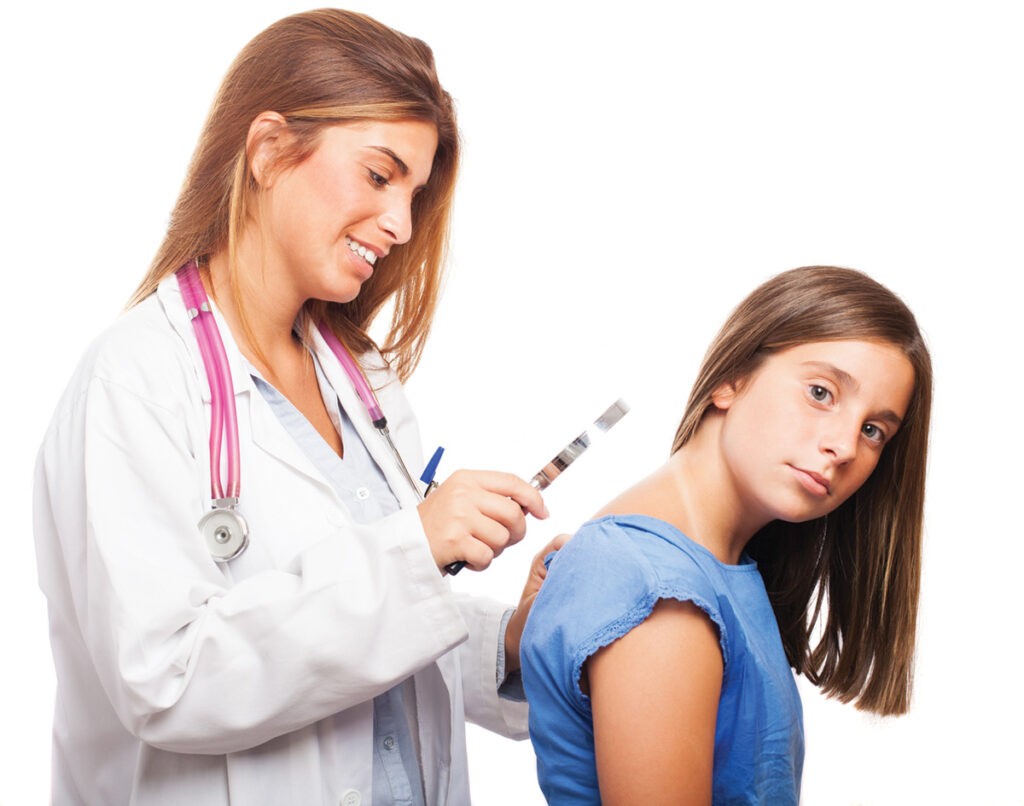With Jennifer Huang, MD
Children without risk factors require vigilance

“The general thinking in our specialty is that children who are otherwise healthy don’t get nonmelanoma skin cancers (NMSCs),” said Jennifer Huang, MD. “However, a study my colleagues and I published in the May issue of the Journal of the American Academy of Dermatology suggests otherwise.”1
The study moreover shows that compared to children with predisposing conditions, children without identifiable risk factors who develop NMSC are likely to present at a later age, with fewer skin cancers, and little to no evidence of actinic damage, noted Dr. Huang, Attending Physician at Boston Children’s Hospital and Associate Professor of Dermatology at Harvard Medical School. Additionally, children without risk factors tend to develop more total skin cancers than do children with iatrogenic risk factors.
“When we collected this cohort of patients,” she said, “We originally intended to identify risk factors and try to figure out who’s at highest risk. We realized there was a significant proportion of patients who didn’t have any risk factors, so we decided to dig a little deeper and better characterize skin cancers in children who don’t have risk factors.”

Investigators retrospectively reviewed records at 11 tertiary care institutions, seeking patients less than 20 years old upon initial histopathologic diagnosis of NMSC between January 1995 and June 2016. Researchers categorized 109 patients as having no identifiable risk factors (n = 37), one or more iatrogenic risk factors (n = 21), or one or more predisposing conditions/skin lesions (n = 51).

Compared to children with predisposing skin conditions/lesions at initial diagnosis, patients without identifiable risk factors were significantly older (median age: 11 years vs. 15 years, respectively; P = 0.002) and had fewer skin cancers (median: 1 [range 1-30] vs. 1 [range 1-3], respectively; P = 0.0003). Children without identifiable risk factors also had fewer total skin cancers per 100 person-years than those with predisposing skin conditions/lesions (72.6 vs. 176.1, respectively; P < 0.0001). However, children without identifiable risk factors had more total skin cancers per 100 person-years than those with iatrogenic risk factors (43.2; P = 0.01).
Actinic keratosis (AK) prevalence among patients without identifiable NMSC risk factors (3%) was lower than that among both children with iatrogenic risk factors (29%; P = 0.007) and those with predisposing skin conditions/lesions (20%; P = 0.02). “As actinic keratoses are often a precursor to skin cancer,” said Dr. Huang, “it seems that children who get nonmelanoma skin cancers without identifiable risk factors don’t have any clues on their skin that would lead you to suspect skin cancer.”
Dr. Huang noted that if an otherwise healthy child has a skin lesion that looks suspicious for basal cell or squamous cell carcinoma, dermatologists should examine it closely, then, if appropriate, consider a biopsy or close follow-up, because these cancers do occur. Like all other NMSCs, they can progress if left untreated, she added.
“So the earlier the better in terms of detection. I strongly recommend doing a full-body skin examination for every new patient, no matter what age. We should also ask whether there’s a family history of nonmelanoma skin cancer, particularly earlier in life. And take the parents seriously. If they see a lesion and are worried about it, even if you think it looks reassuring, I believe that parents often know when to worry about their kids. And it’s important to listen to their concerns.”
Dr. Huang is currently collaborating with colleagues to immunophenotype squamous cell and basal cell carcinoma through tissue analysis of biopsy specimens. She also suggested that genetic studies may be useful to identify previously undetected predisposing genetic conditions in this cohort of patients.
By John Jesitus
REFERENCE:
- Zhong CS, Coughlin CC, Hawryluk EB, et al. Characteristics of nonmelanoma skin cancer in children without identifiable risk factors. J Am Acad Dermatol. 2021;84(5):1472-1476.
TO READ MORE:
Griffin JR, Cohen PR, Tschen JA, et al. Basal cell carcinoma in childhood: case report and literature review. J Am Acad Dermatol. 2007 Nov;57(5 Suppl):S97-102. doi: 10.1016/j.jaad.2006.09.032. PMID: 17938034.
DISCLOSURES:
Dr. Huang reports no relevant conflicts of interest.

